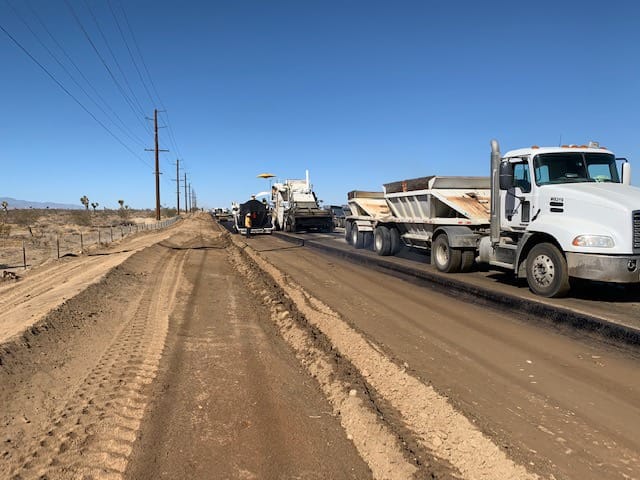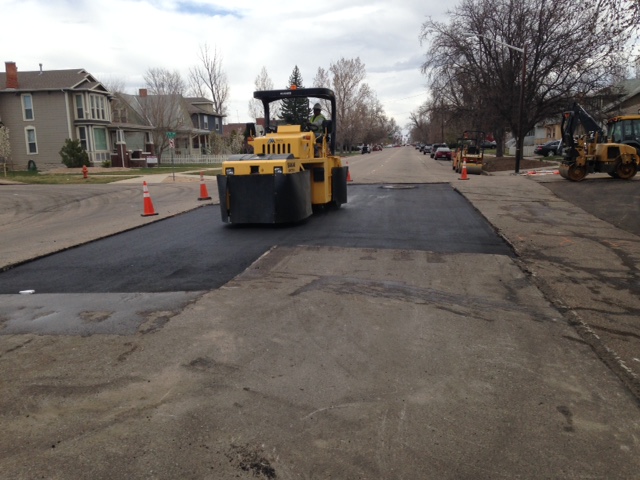Mountainous regions present unique challenges when it comes to maintaining and repairing roads. The rugged terrain, extreme weather conditions, and environmental considerations all contribute to making road repair in these areas particularly challenging. In this article, we’ll delve into the specific obstacles faced by road maintenance crews in mountainous regions and explore innovative solutions to overcome them. If you are searching for more information about road repair in mountainous regions, you may want to check out Line Marking Pro for more information.
Understanding the Challenges
- Topography: Mountainous terrain is characterized by steep slopes, narrow passages, and rocky surfaces. These features make traditional road construction and repair techniques difficult to implement.
- Weather Variability: Mountainous regions often experience extreme weather conditions, including heavy snowfall, ice, rain, and high winds. These weather patterns can cause erosion, landslides, and damage to road infrastructure.
- Environmental Impact: Mountain ecosystems are fragile and sensitive to human activities. Road construction and repair projects must consider environmental factors such as habitat disruption, soil erosion, and water runoff to minimize their ecological footprint.

Innovative Solutions
- Helicopter Transport: In remote mountainous areas where road access is limited, helicopters can be used to transport heavy machinery, materials, and personnel to repair sites. This method bypasses the need for traditional road access and reduces repair time.
- Prefabricated Bridges and Culverts: Prefabricated bridge components and culverts can be assembled off-site and transported to remote mountain locations for quick installation. This approach minimizes disruption to local ecosystems and accelerates the repair process.
- Geosynthetic Reinforcements: Geosynthetic materials, such as geotextiles and geogrids, can be used to stabilize slopes, prevent erosion, and reinforce road embankments in mountainous terrain. These materials offer cost-effective solutions and improve the longevity of road infrastructure.
- Drone Technology: Drones equipped with high-resolution cameras and LiDAR sensors can survey and assess road conditions in mountainous regions with precision. This data helps identify areas in need of repair and enables proactive maintenance strategies.
- Green Infrastructure: Implementing green infrastructure techniques, such as vegetated swales and permeable pavements, can help mitigate the environmental impact of road repairs in mountainous regions. These solutions promote natural stormwater management and enhance ecosystem resilience.
Collaborative Efforts
Addressing road repair challenges in mountainous regions requires collaboration among government agencies, engineering firms, environmental organizations, and local communities. By pooling resources, expertise, and innovative technologies, stakeholders can develop sustainable solutions that prioritize safety, accessibility, and environmental conservation.
Conclusion
Road repair in mountainous regions poses significant challenges due to the complex terrain, harsh weather conditions, and environmental considerations. However, through the adoption of innovative technologies, collaborative partnerships, and sustainable practices, these challenges can be overcome. By investing in resilient infrastructure and proactive maintenance strategies, we can ensure safe and reliable transportation networks in even the most rugged landscapes.







